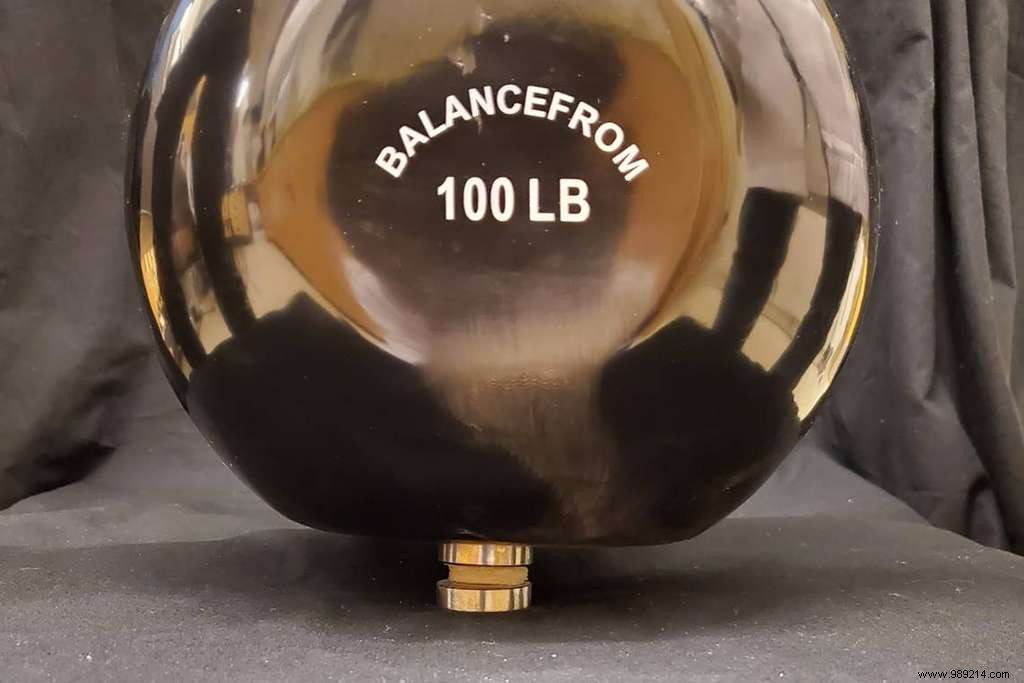Throughout our lives, the most stressed joints are those of the knees. And age does not fail to degrade them. In this sense, American researchers have developed a hydrogel capable of replacing the cartilage of the knee in order to regain resistance and flexibility.
Athletes know it only too well, the knee undergoes very many constraints . However, the number one enemy of the knee is none other than osteoarthritis. It is a chronic disease resulting precisely from repeated stresses on the cartilage and leading to its destruction. In our country, knee osteoarthritis affects 35% of women and 21% of men aged between 65 and 75.
Each year in France, tens of thousands of prostheses are fitted. However, these have a limited lifespan, namely about 20 years . In addition, they often cause a decrease in mobility. In a study published in the journal Advanced Functional Materials on June 26, 2020, researchers at Duke University (USA) developed a hydrogel to replace defective cartilage.

This is not the first time that scientists have tried to develop this kind of hydrogel. However, the researchers believe they have obtained the ideal characteristics , namely strength and flexibility. This is to support the weight of the body while allowing shock absorption with flexibility. The researchers evoke a disc the size of a coin and composed of 60% water (see below) And yet, this one is able to support a mass of 45 kilograms.

In testing the hydrogel, the disk has been stretched more than 100,000 times without undergoing any deformation or tearing. This is a mechanical resistance that can be compared to that of current prostheses, made of titanium. In addition, the hydrogel is very resistant to wear and, above all, it is not toxic , neither for the environment nor for human cells.
According to the project leaders, the secret of this hydrogel lies in its structure. Indeed, the latter integrates two networks of polymer strands intertwined. The first, very stretchy, is "spaghetti" shaped (solidity) while the second is more rigid, resembling a kind of "basket" (compressive strength). There is also a third mesh of cellulose nanofibers reinforcing the structure and preventing tears.
The researchers estimate that their hydrogel could be on the market by 2023. Indeed, there is talk of performing other tests to ensure the viability of the concept.